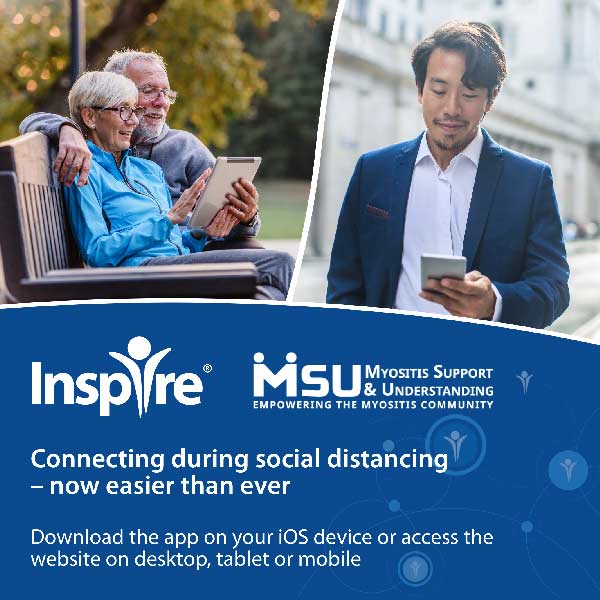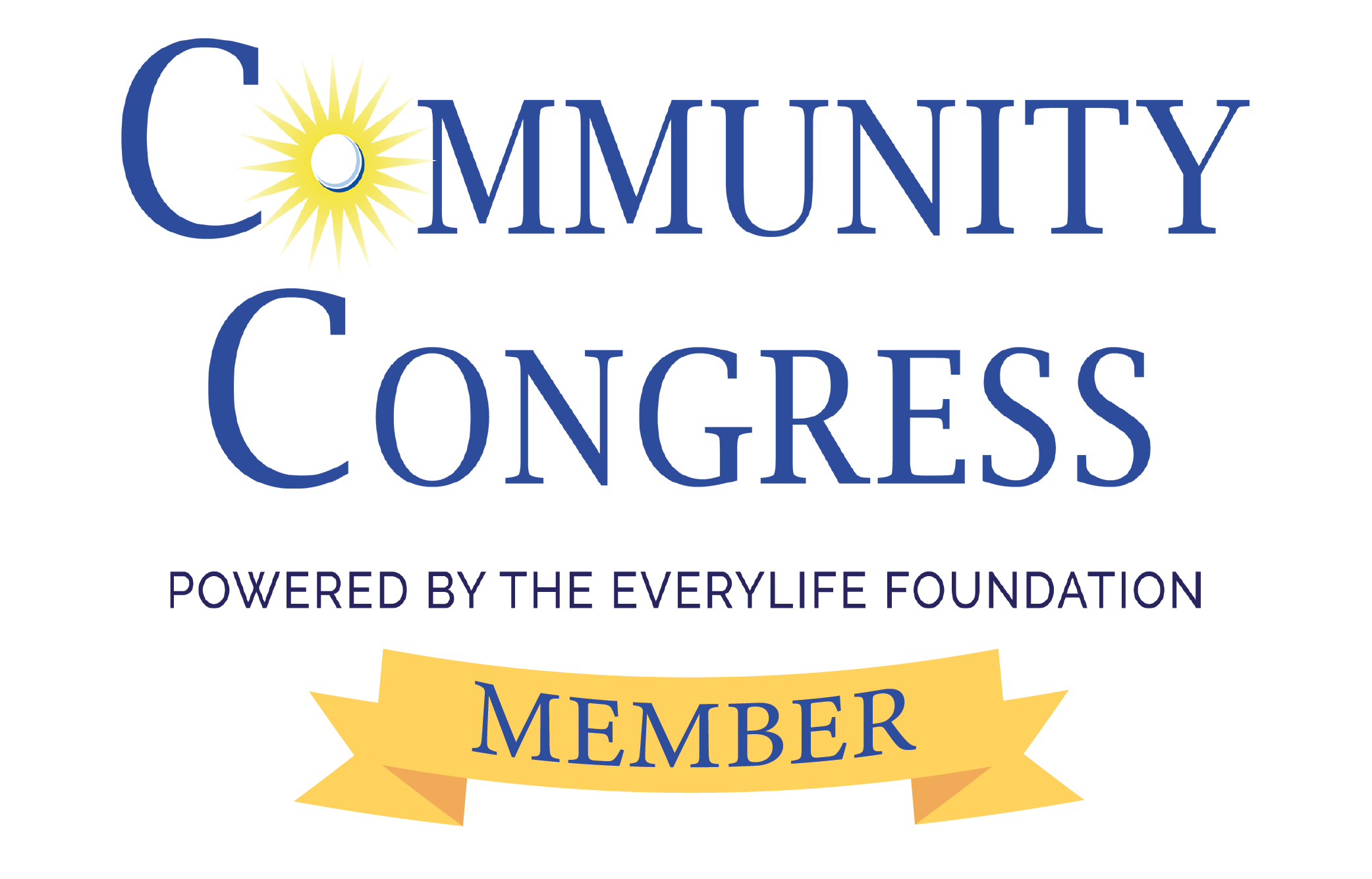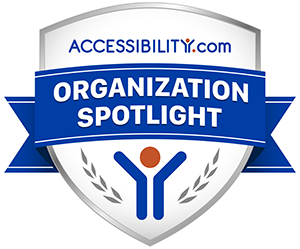The idiopathic inflammatory myopathies (IIM), generally referred to as myositis, is a group of rare systemic autoimmune muscle diseases that cause chronic muscle inflammation, which leads to muscle weakness and significant impairment in mobility. Autoimmune types of myositis are not limited to just damaging muscles, as the name may suggest. These also affect the skin, heart and lungs, gastrointestinal system, and can be associated with other autoimmune diseases and cancer.
Myositis is classified into various types. Each type, and each person, is highly variable with symptoms, impacts on quality of life, and response to treatment. The inflammatory myopathies include dermatomyositis, immune-mediated necrotizing myopathy, polymyositis, antisynthetase syndrome, and sporadic inclusion body myositis, as well as juvenile dermatomyositis.
Inflammatory myopathies are autoimmune conditions, which means that the immune system that usually fights viruses and infections gets misdirected and starts to attack the body’s healthy tissue. Inflammatory myopathies are rare diseases, with only 50,000 to 75,000 people in the U.S. being affected by the conditions. While the cause of myositis is unknown, some scientists believe that there is a genetic predisposition to have an autoimmune disease and an environmental exposure, such as sunlight, toxins, infection, or a virus triggers it.
Meeting the Medical Criteria
The Social Security Administration (SSA) uses a medical guide, which is called the Blue Book, to determine if an individual meets the medical criteria to qualify for disability benefits. There are sections that cover each body system, and each section has listings for different conditions that could lead to disability. Each listing has specific criteria that must be met in order to qualify for disability benefits.
The specific listing for polymyositis and dermatomyositis is Listing 14.05. To meet the criteria of this listing, you must show that you have at least one of the following symptoms:
- Proximal muscle weakness in the shoulder or pelvis that affects your ability to use your arms or walk effectively;
- Weakness of muscles involved in swallowing that allows fluids or solids to get into your lungs (aspiration);
- Weakness of the intercostal and diaphragmatic muscles causing impaired respiration;
- Calcium buildup in the tissue, skin, or muscle that limits movement of the intestinal tract or joints (calcinosis).
You can also be approved if you have repeated symptoms of polymyositis or dermatomyositis with fever, severe fatigue, malaise, or involuntary weight loss that seriously limits your activities of daily living (ADLs), ability to get your tasks done, or your social functioning.
Using A Medical-Vocational Allowance
If you do not meet the criteria of the Blue Book listing, you can still qualify using a medical-vocational allowance. Using this approach, Disability Determination Services considers your age, educational background, work history, transferrable skills, medical conditions, restrictions, and limitations. A residual functional capacity (RFC) is filled out, indicating what you can and cannot do.
The RFC is very precise, and will indicate, for example, if you cannot stand more than an hour, are unable to lift more than 5 pounds, must reposition every two hours, cannot bend or squat, and cannot walk more than 500 feet. They will use all the information to determine if you can work, and if you can work, what kind of job you can do.
For instance, since there is no Blue Book listing for sporadic inclusion body myositis or immune-mediated necrotizing myopathy, you will need to qualify via an RFC to show that your sporadic inclusion body myositis or immune-mediated necrotizing myopathy prevents you from being able to work a normal full 40-hour workweek.
Applying for Disability Benefits with Myositis
If you are unable to work because you are living with one of the types of autoimmune myositis, you can start the application online or by calling 1-800-772-1213 and speaking with a representative or by scheduling an appointment at your local SSA field office.
This article was written by the Outreach Team at Disability Benefits Center. They provide information about disability benefits and the application process. To learn more, please visit their website at https://www.disabilitybenefitscenter.org/ or by emailing them at help@ssd-help.org. Myositis Support and Understanding Association (MSU) does not endorse content or opinions from any third-party website, nor does it endorse any products or services, or service provider, and is providing this for informational purposes. The information provided here is not legal or medical advice.
Tags: disability myositis social security










